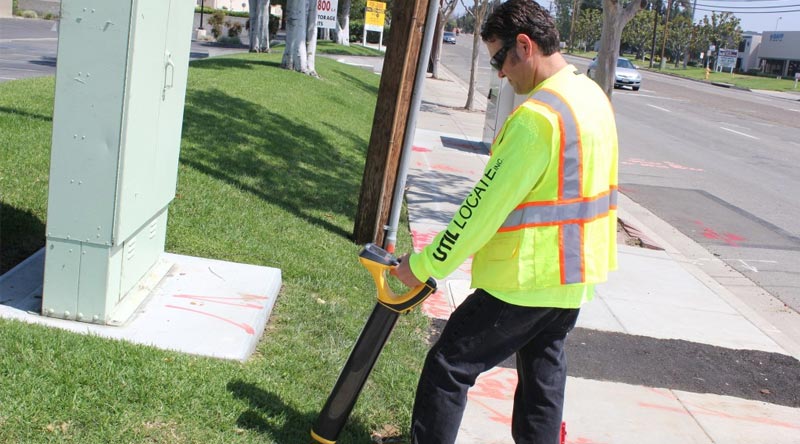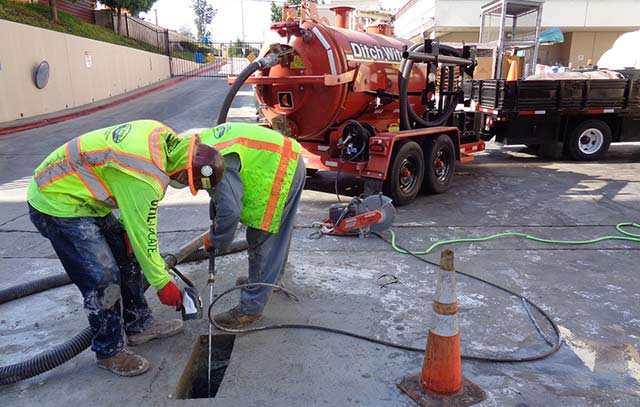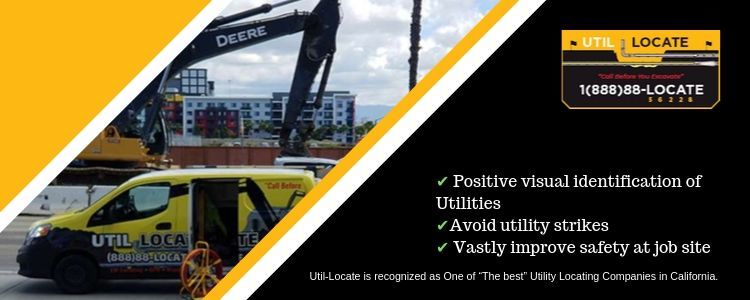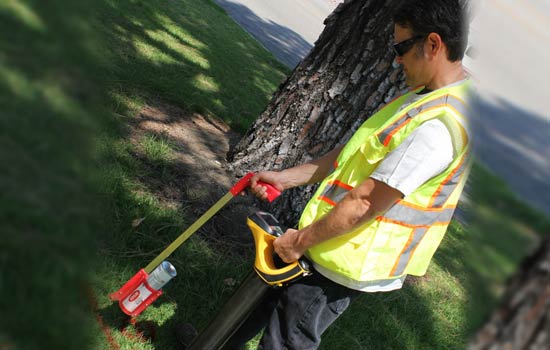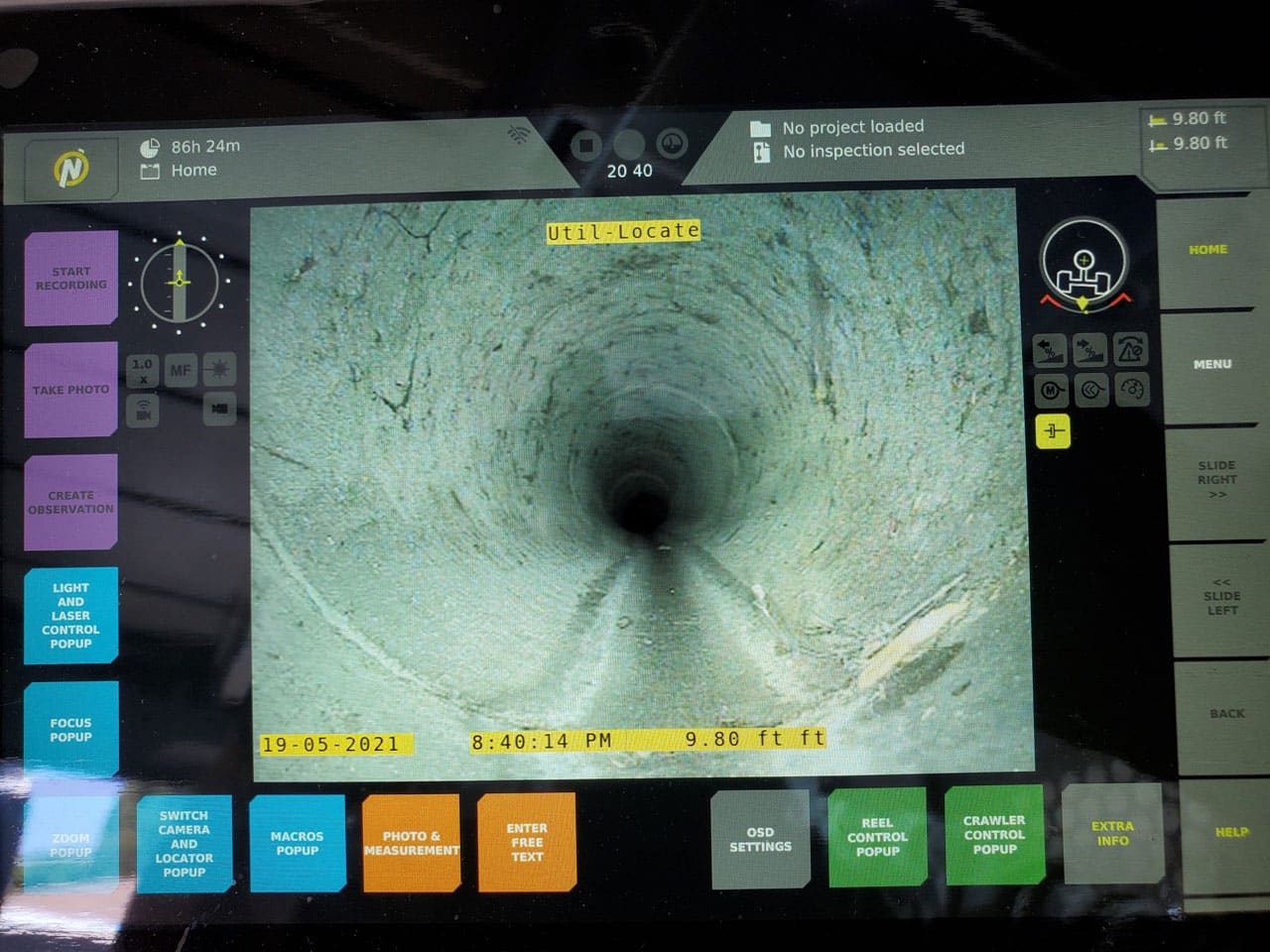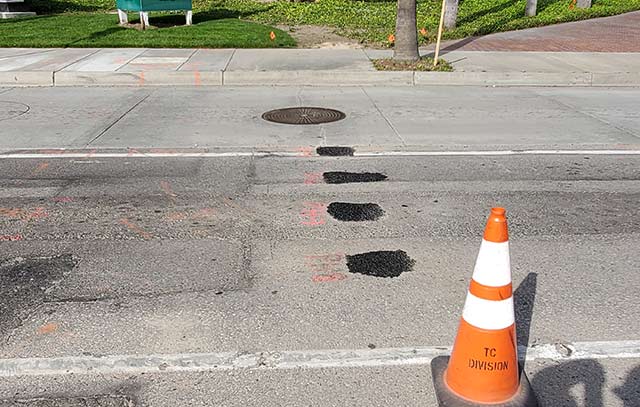Are you planning to excavate or dig on your property? First and foremost, you need to locate where utility lines are. This is crucial to avoid consequential damage to mains lines or even injuring yourself in the process. You will need to hire professionals to do the locating job for you to guarantee accuracy. With many lines that could be buried just outside of your property, a proper assessment is absolutely necessary before you go on with your project. If you want to determine the exact location and path of public utility lines, the professional knowledge of a public utility locator will come in handy.
On private property, a private utility locator will be the best fit to do the job. In general, the difference between public and private utility locating services is that public locating has to do with locating utilities in the public right of way while private locating has to do with locating utilities on private property.
Upon locating, you can dig with confidence knowing that you are not at risk of running into a utility line. Know more about sewer line locators.
Why it is important to call a private utility locate
Since not all utility lines are covered by an 811 Call Before You Dig service, a private utility locator company can help you with locating, marking, and mapping the utility lines. Especially those owned by a private owner. By using the latest state-of-the-art technology, our technicians will guarantee you a 97% accuracy rate. At Util-Locate, we use the most advanced tools to tackle any condition on-site including unfavorable soil conditions, broken or cut lines, corroded pipes, hard-to-detect material such as plastic lines, clay, insulated cast iron, and concrete pipes. Our experience and expertise in locating these types of pipes become a great asset for you and serve a great role in damage prevention.
Whether you are planning to build a fence, carry out renovation or undertake a construction project, it is extremely important that you are aware of underground gas lines, sewer lines, fiber optics, and water lines that may be passing beneath your construction site. For private utilities, it is a completely different approach compared to a public utility. This is because private systems records are not comprehensive and may be missing in some cases. Alternatively, the available records may show a different mapping from the actual installation on the ground. This poses a special challenge that can only be addressed by a professional private utility locator. By using electromagnetic equipment utilities can be accurately located regardless of the material used for the lines.
What you need to do
To be on the safe side of things, you need both private and a public utility locate services. A public utility service is free and can be accessed by calling 811. A public locator will mark any lines that pass near your property such as telephone lines, street lights, traffic lights, cable television lines and any other. However, they are not in a position to mark private lines such as septic systems or buried tanks.

